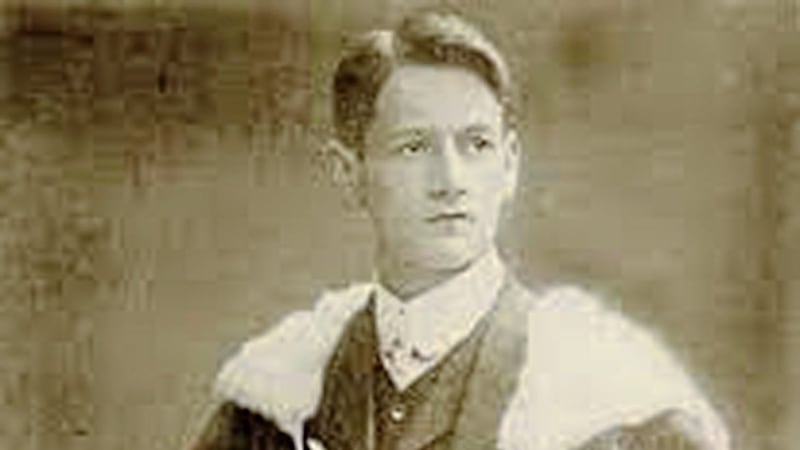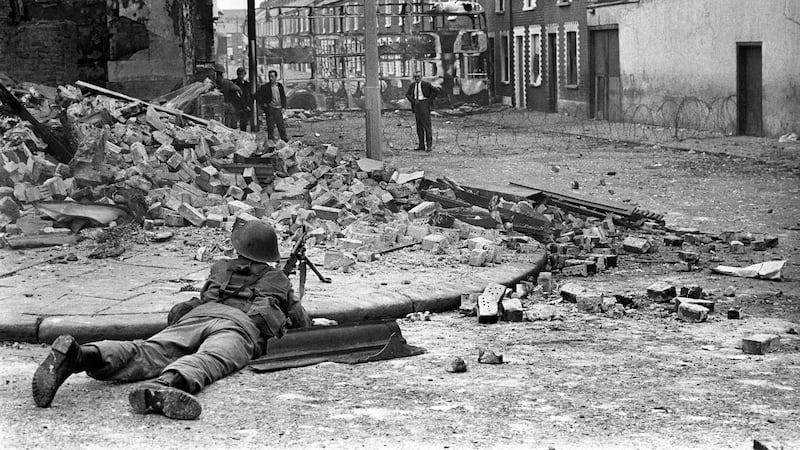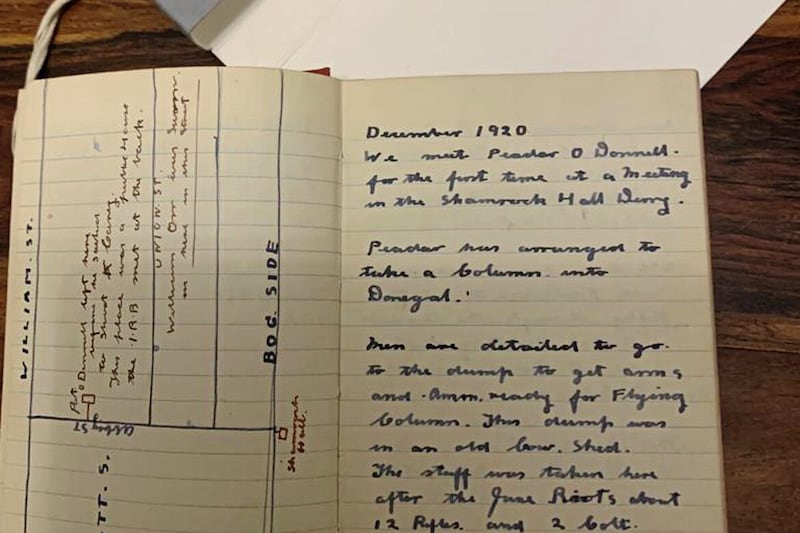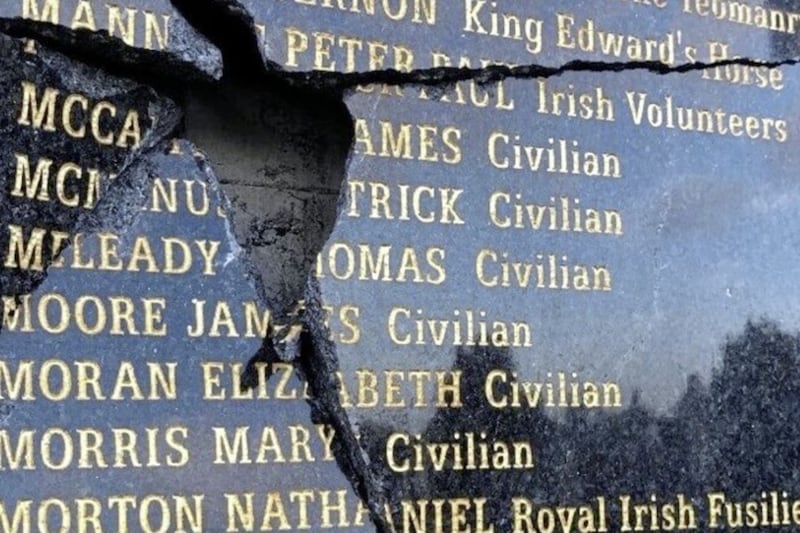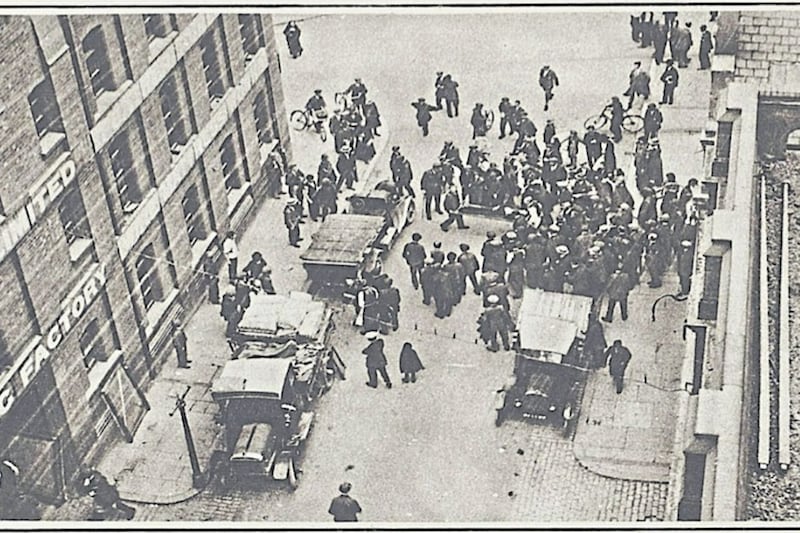THE death 100 years ago this weekend of Terence MacSwiney, the Sinn Féin Lord Mayor of Cork, after 74 days on hunger strike caused outrage not just on this island but around the globe.
His status as an Irish republican martyr was unrivalled, and his sacrifice was said to have inspired the 1980/81 prison protests during which 10 men died in the H-Blocks.
An unlikely rebel, MacSwiney was a sensitive man who went from poetic writings in the newspaper Irish Freedom to become one of the founders of the Cork Brigade of the Irish Volunteers in 1913.
President of the Cork branch of Sinn Féin, he founded a newspaper, Fianna Fáil, in 1914, but it was banned after 11 issues.
Arrested on August 12 1920 by a regiment of the British army at Cork City Hall, he refused food even before being formally charged with possession of documents, including a numerical cipher belonging to the Royal Irish Constabulary (RIC).
When sentenced to two years without hard labour, he responded: “I have decided the term of my imprisonment. Whatever your government may do, I shall be free, alive or dead, within a month.”
Such was the power of his words, along with the decision by the British to transport him to Brixton prison in England, that he quickly turned a local headline into international front-page news.
His hunger strike was followed closely and sparked protests around the world.
Even in the days when information travelled slowly, Terence MacSwiney’s death sent the people of Catalonia into full mourning.
Women in the region were invited to wear crepe and black ribbons, flags were hung at half-mast, and 500 protesters arrived at the British Consulate-General in Barcelona, waving a Sinn Féin flag and chanting “Viva Irlanda".
Irish-American actresses, led by Broadway star Eileen Curran, marched on the New York docks and persuaded 2,000 longshoremen to down tools in what the city’s newspapers dubbed 'The Irish Patriotic Strike'.
James Joyce, from his Paris, flat penned a poem on a postcard to his brother: 'Of spinach and gammon, Bull’s full to the crupper, White lice and black famine, Are the mayor of Cork’s supper'.
Following his death on October 25 1920, 40,000 people filed into a baseball field that was then New York’s largest open-air stadium to hear Éamon de Valera speak about him.
Historian Dr Eamon Pheonix said republicans often used the slogan 'MacSwiney taught us how to die' and his famous quote: "It's not those inflict the most, but those who endure the most who will conquer."
"That move out of Ireland to Brixton caused outrage - The Irish News ran constant headlines on his weakening condition," he said.
"His case was raised by Labour in the House of Commons but Churchill made a mocking speech about his condition."
MacSwiney's death, and the execution days later of 18-year-old Kevin Barry after being sentenced to death for his part in an ambush on the British army, precipitated an escalation in violence.
"There were attempts to seek clemency for Kevin Barry due to his age, but Lloyd George rejected that, and so we entered into the bloodiest period in the War of Independence, it really was the darkest hour," Mr Phoenix said.
Dr Francis Costello, author of Enduring the Most, The Life and Death of Terence MacSwiney, said his death undermined the British narrative that they were dealing with a terrorist uprising.
"The was an overlap of events between the execution of Barry and the attempt to bury MacSwiney in Ireland," he said.
"His body was seized by the British, he was later transported by boat from Dublin to Cork.
"All hell broke loose that month. The more violent they (British army) behaved, the more intensive the conflict."
Dr Costello also said MacSwiney's death had "a tremendous impact on the later hunger strike, in terms of the iconography and more - throwing the last thing you have left at the forces of occupation in terms of your own body is a powerful image".
"The British government couldn't understand it, they can't figure out how MacSwiney is doing it, they thought he was being fed on the side, so the medical records from that time are very interesting.
"But MacSwiney set a standard of sacrifice that was later followed by the men in Long Kesh, and all the other times in between."
To mark the centenary of his death Cork City Council is to posthumously award to freedom of the city to MacSwiney and another martyred former mayor, his close friend Tomás MacCurtain, who shot dead by members of the RIC in 1920.
